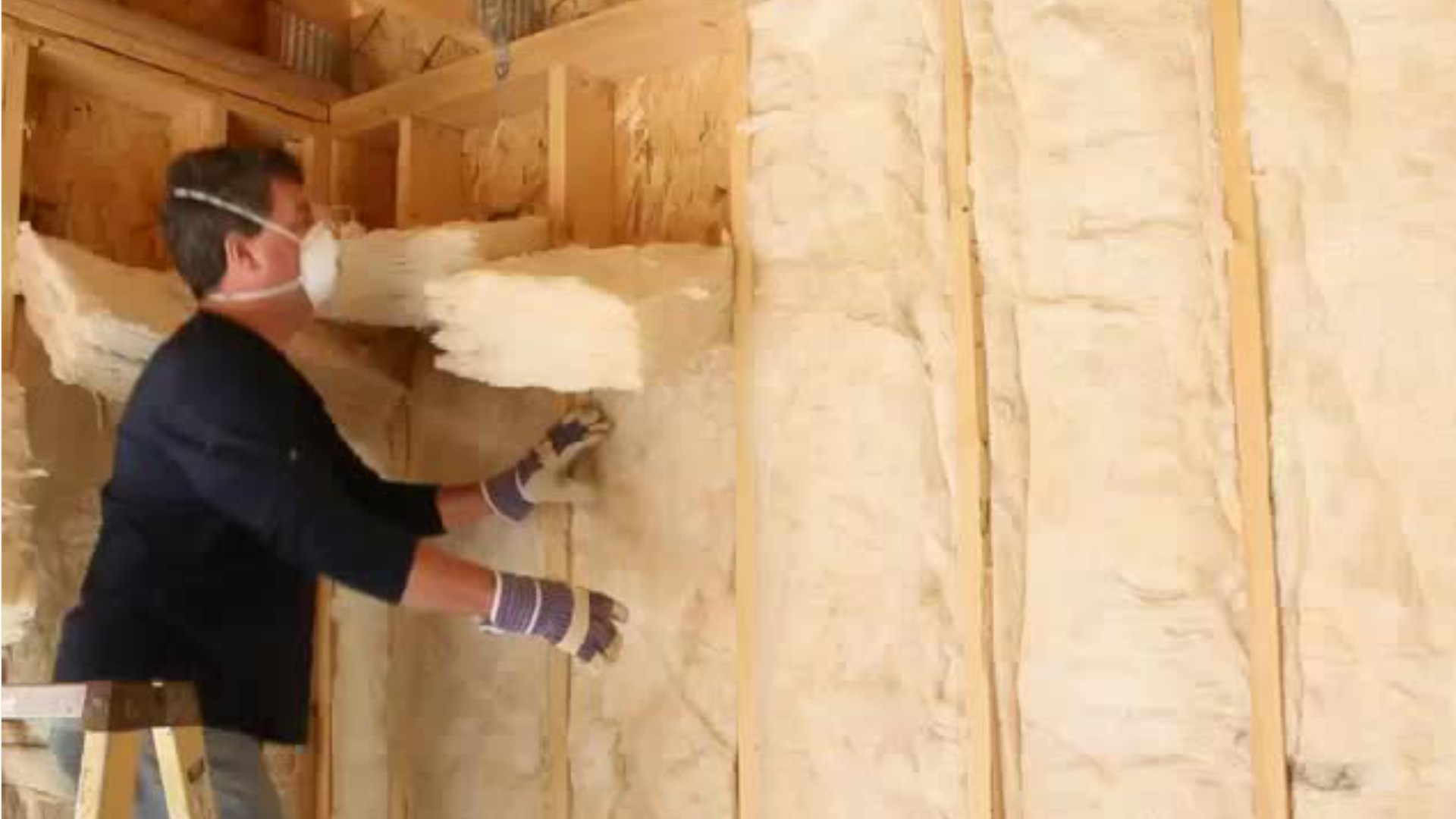Insulation Workers, Floor, Ceiling, & Wall
Insulation Estimator, Insulation Installer, Insulator, Retrofit Installer
 Select a military branch to see samples.
No similar titles were found.
No similar titles were found.
No similar titles were found.
No similar titles were found.
Select a military branch to see samples.
No similar titles were found.
No similar titles were found.
No similar titles were found.
No similar titles were found.
Builder
No similar titles were found.
What they do:
Line and cover structures with insulating materials. May work with batt, roll, or blown insulation materials.
On the job, you would:
- Measure and cut insulation for covering surfaces, using tape measures, handsaws, power saws, knives, or scissors.
- Fit, wrap, staple, or glue insulating materials to structures or surfaces, using hand tools or wires.
- Cover and line structures with blown or rolled forms of materials to insulate against cold, heat, or moisture, using saws, knives, rasps, trowels, blowers, or other tools and implements.
Knowledge
Engineering and Technology
- building and construction
- mechanical
Business
- customer service
Skills
Basic Skills
- listening to others, not interrupting, and asking good questions
- talking to others
Problem Solving
- noticing a problem and figuring out the best way to solve it
Abilities
Hand and Finger Use
- hold or move items with your hands
- keep your arm or hand steady
Endurance
- exercise for a long time without getting out of breath
Personality
People interested in this work like activities that include practical, hands-on problems and solutions.
They do well at jobs that need:
- Dependability
- Attention to Detail
- Cautiousness
- Integrity
- Stress Tolerance
- Perseverance
Technology
You might use software like this on the job:
Spreadsheet software
- Microsoft Excel
Data base user interface and query software
- CMSN FieldPAK
- Comput-Ability Mechanical Insulation Key Estimator
Electronic mail software
- Microsoft Outlook
Education
Education: (rated 2 of 5)
high school diploma/GED or
no high school diploma/GED
usually needed
no high school diploma/GED
usually needed
Job Outlook
Average
New job opportunities are likely in the future.
Explore More
- Drywall & Ceiling Tile Installers
- Floor Layers
- Insulation Workers, Mechanical
- Roofers
- Sheet Metal Workers
You might like a career in one of these industries:
See more details at O*NET OnLine about Insulation Workers, Floor, Ceiling, & Wall.





